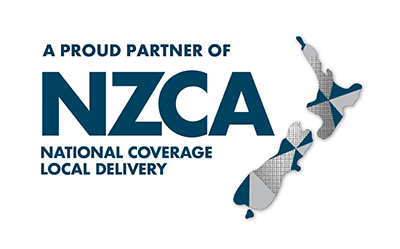As of 1 October this year, the Government has ditched its ‘‘lowest price’’ procurement model for construction contracts. The new guidelines –mandatory for 130 government agencies – set out a broader set of considerations for multi-million dollar government contracts which consider the financial health of the construction company, the health and safety of workers and the environmental health of the building. We think this approach will drive far better outcomes for everyone – the Government, industry and the taxpayer.
Key take-outs from the new guidelines are the Government’s commitment to a more balanced approach that shifts away from a “lowest price” to a “whole of life” procurement model, promotion of early contractor involvement (ECI) before design and drawings were finalised, and the use of building information modelling (BIM) technology.
The “whole of life” procurement model takes into account not only the capital cost of the building but also operating costs in the future. That should produce higher-quality buildings.
In Darrell’s view, “Lowest price as a procurement model sets up an adversarial contractual relationship from the start, as the procurer is effectively asking the tenderer to get their price as low as possible to win the work. It’s basically a race to the start line, with no indication of what the finish line will look like”.
“In our experience, we’ve found that collaborative or alliance-style projects, where all the players – from design and engineering, client and constructor – work collaboratively from concept to completion, enables innovation and delivers more cost-effective and fit-for-purpose solutions. This results in better outcomes for everyone.”
“The key to a great construction experience is to get everyone around the table from the beginning and work on any issues collectively. With this approach, the entire team is managing out any project risks through the design phase, so that when construction commences, there are very few ‘surprises’ or changes to the scope of the project likely to negatively impact on the project budget.”
In addition to government agencies, government bodies, including local and district councils and universities are also being encouraged to use the new guidelines.







